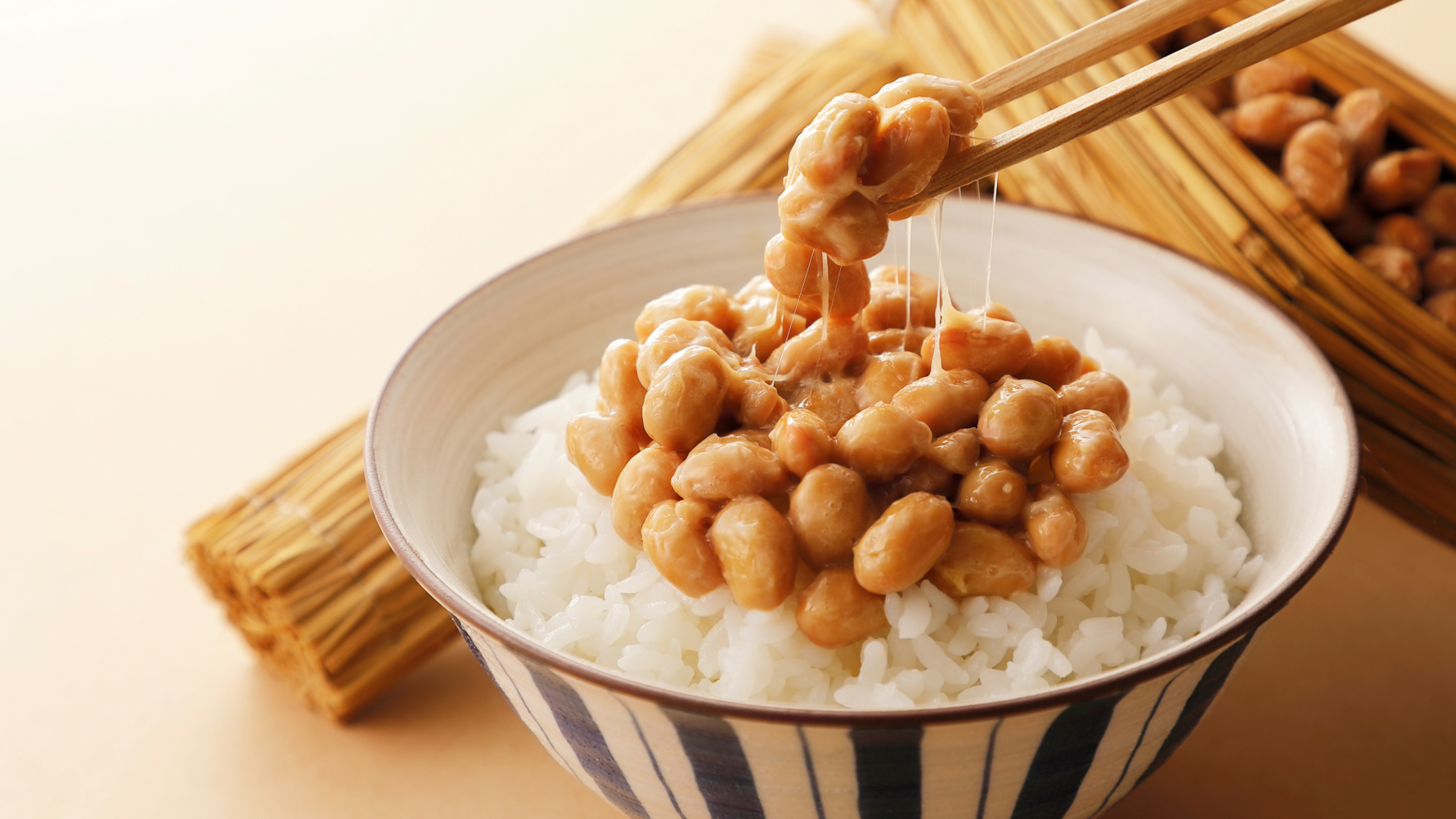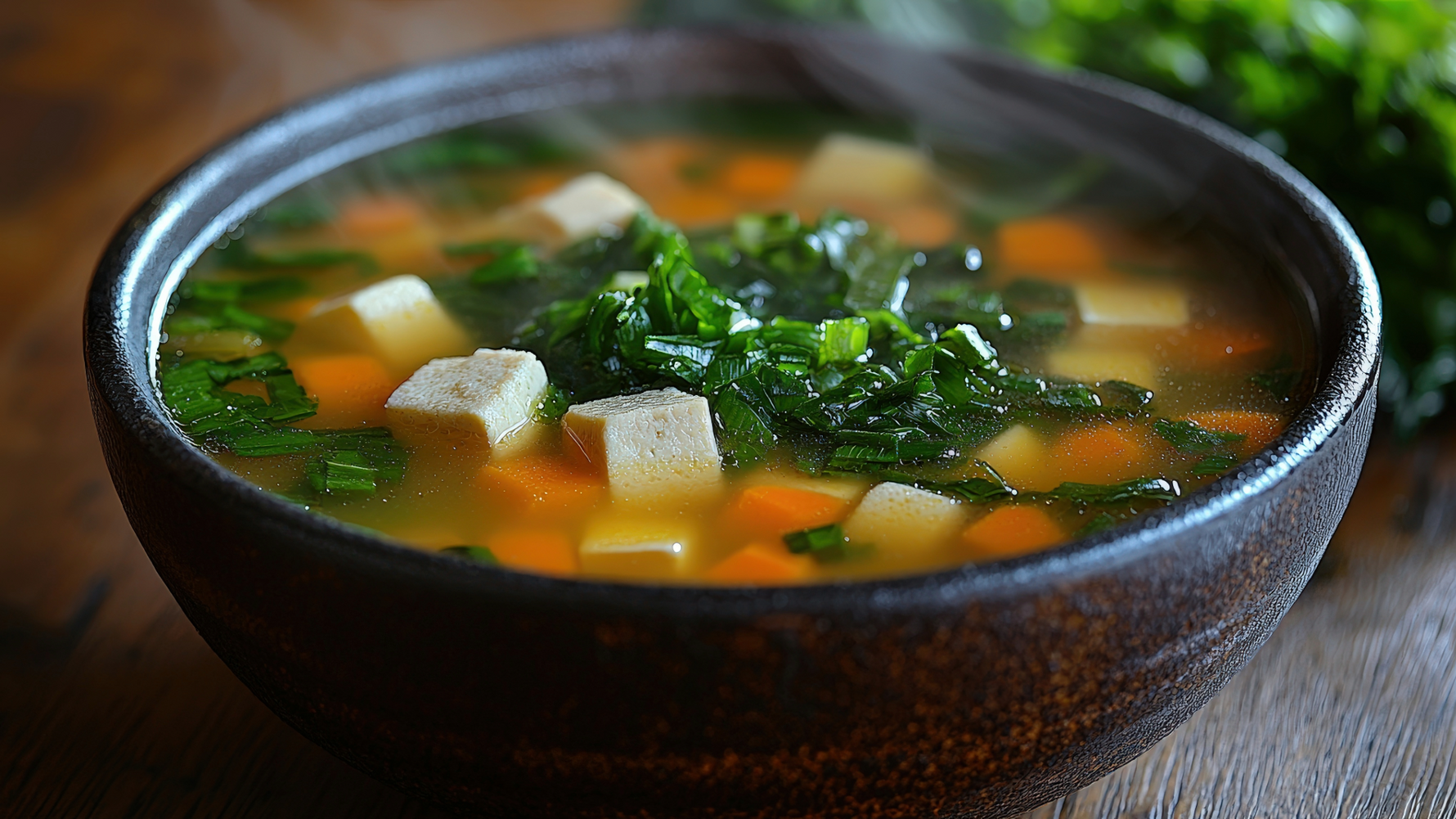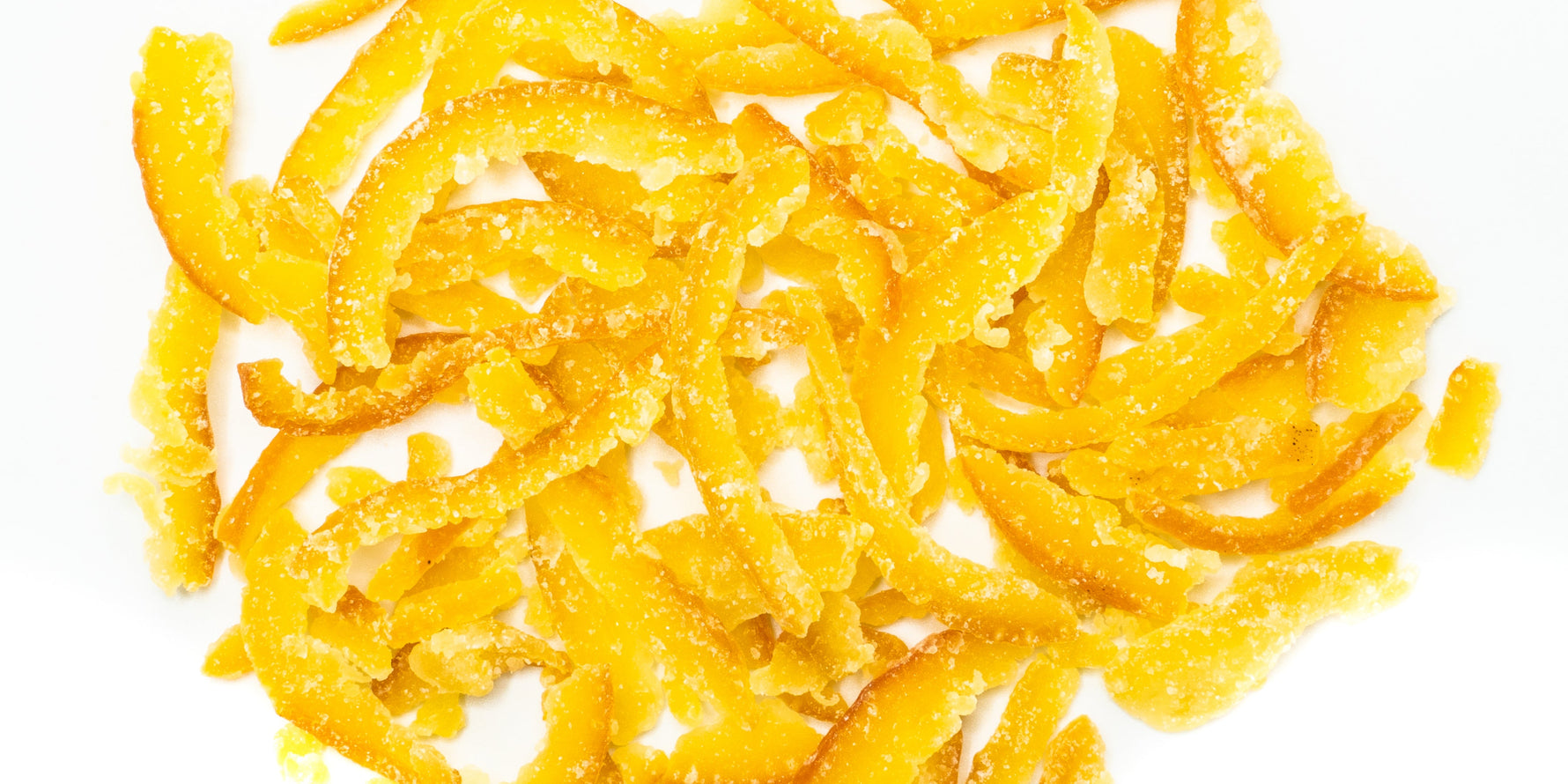Fermentation is a natural process at the heart of Japanese cuisine. More than a simple means of preservation, it enhances flavors and enriches foods with essential nutrients. Favored by Japan's warm, humid climate, fermentation is an age-old technique that has given rise to emblematic ingredients that are now indispensable.
Essential Fermented Foods
Miso and Natto: Fermented Soy Pasta
Miso, whose origins date back to the 8th century, is a fermented soybean paste used as a seasoning in many Japanese dishes, including the famous miso soup. Miso production involves fermenting a mixture of soy, rice or barley, salt and a yeast fungus called Aspergillus oryzae.
Natto, meanwhile, is another fermented soy product, particularly renowned for its stringy texture and pronounced taste. Rich in probiotics, it is often eaten for breakfast with rice.
Soy sauce (Shoyu): The Black Gold of Japanese Cuisine
Soy sauce, one of the world's oldest fermented sauces, is the result of a fermentation process involving a mixture of soy, wheat, water, salt and yeast lasting at least six months. Its intense umami makes it an essential ingredient for spicing up Japanese dishes. You can find out more about the production process of our soy sauces, brewed in the family-run Daikou Shoyu company, in our article “The art of umami”.
Umeboshi: the fermented plum with beneficial properties
Umeboshi are Japanese plums fermented with salt, known for their tangy, salty flavor. Traditionally eaten with rice, they are renowned for their digestive and detoxifying benefits.
The different methods of fermentation in Japan
Koji fermentation
Koji (Aspergillus oryzae) is a microscopic fungus essential to the production of miso, soy sauce and sake. It breaks down starches into sugars, promoting fermentation and the development of umami flavors.
2. Brining (shiozuke)
Shiozuke is one of the oldest Japanese fermentation methods, using salt to ferment foods such as wakame seaweed and umeboshi plums.
3. Rice bran fermentation (nukazuke)
Nukazuke uses rice bran mixed with salt and water to ferment mainly vegetables. The result is tasty pickles rich in probiotics.
4. Sake fermentation (Kasuzuke)
Kasuzuke involves macerating food in a mixture of sake lees (kasu), mirin, salt and sometimes sugar. This process gives the ingredients a tender texture and refined flavor.
Rich and varied, Japanese fermentation is a culinary art in its own right. Whether you're discovering new flavors or enjoying the benefits of probiotics, incorporating Japanese fermented foods into your diet is a fascinating taste and nutritional experience. In our online store, you'll find authentic fermented products such as mirin and soy sauce to enrich your cooking and explore the richness of the Japanese terroir!







